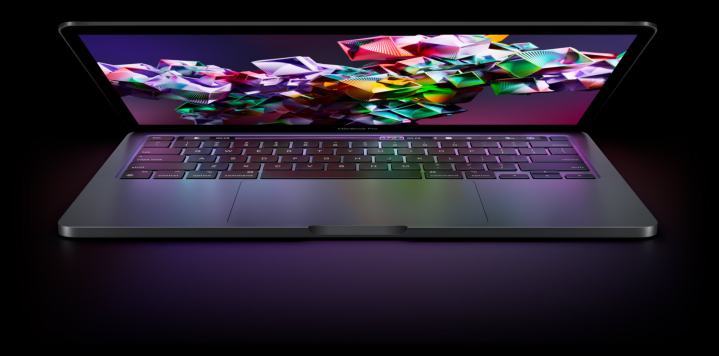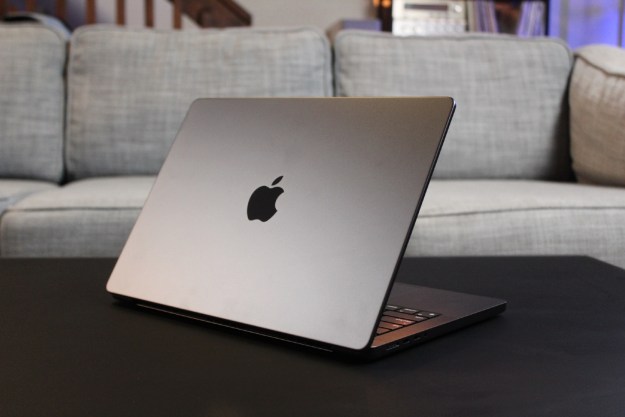One brave YouTuber attempted to upgrade his 2020 Apple M1-based MacBook Pro to the latest M2 chip. Seeing as both can be found in a 13-inch MacBook Pro, it shouldn’t be impossible to transplant the M2 to the older version of the MacBook — at least in theory.
Despite the fact that the logic board in the new MacBook Pro is nearly identical to its predecessor, the experiment did not go according to plan. In a true testament to the tricky upgradeability of notebooks, the upgrade attempt didn’t go anywhere — and there might be a few reasons why.
It takes a lot of guts to take any device or piece of hardware worth over $1,000 and then proceed to risk destroying it for the purpose of testing, but that is what YouTuber Luke Miani did in his latest experiment. He attempted to transplant the M2 chip and the logic board from the latest 13-inch MacBook Pro into the 2020 M1 MacBook Pro. Needless to say, doing so will completely void the warranty of both devices, so if you’re also feeling adventurous, make sure to keep that in mind.
The logical first step in performing such an upgrade is to simply replace the M1 chip in the older MacBook Pro with the new M2, but the processor is soldered and cannot be replaced. Miani had to swap the whole logic board in order to attempt his experiment, so he removed it from the latest MacBook Pro. It wasn’t easy to move it from the newer Mac to the older one — the YouTuber had to deal with really tiny cable connectors. After a fair bit of fiddling, however, Miani was able to install the new logic board inside the 2020 13-inch MacBook Pro.
This brings us to the moment of truth — would the older MacBook Pro survive the upgrade to the new M2 chip? Unfortunately not. Despite several attempts, the YouTuber was unable to make the notebook boot. The screen remained black, and the computer was completely unresponsive. This prompted Miani to replace the Touch ID component, and although he managed to swap it, he was still unable to boot the Frankensteined MacBook Pro. He couldn’t even put it into the DFU recovery mode.

According to the brave YouTuber, the reason behind the failure of his experiment could be that the 2022 MacBook Pro 13 has a slightly modified keyboard and touchpad interface. Although Miani didn’t mention it, there could be other reasons for this, too, such as the recently discovered solid-state drive (SSD) issues in the new MacBook.
As shown by a few benchmarks, the new M2 MacBook Pro fails to impress when it comes to multitasking. This is because it resorts to using space on the 256GB SSD as virtual memory when needed, which is when it has used up all of the 8GB of Apple Unified memory. Combined with slower SSD benchmarks than its predecessor, it seems that the M2 MacBook may not quite be the multitasking beast that some might have hoped for. It’s hard to tell whether this played a part in the failed M1 to M2 upgrade, but it could have.
Even though the experiment failed, it’s certainly worth watching the attempt, so we recommend checking out the video above. It really is a shame that notebooks these days often lack upgradeability. The fact that swapping the whole logic board from a new MacBook to an older one failed is not at all surprising, but the ability to support some user upgrades and repairs would certainly be welcome.
Editors' Recommendations
- The case for buying the M2 MacBook Air over the M3 model
- The MacBook Air M3 has one change that fixes its biggest flaw
- The easy way to choose between the Mac Studio and Mac mini
- Apple 16-inch MacBook Pro: don’t make a mistake you’ll regret
- I’m finally ready to stop recommending Apple’s cheapest MacBook




